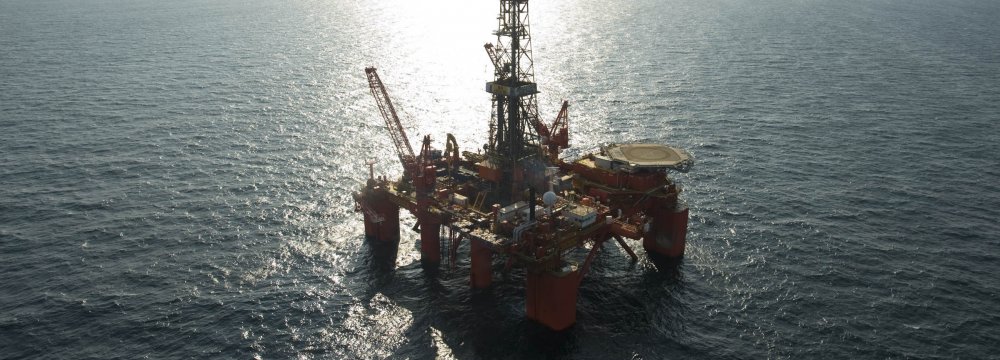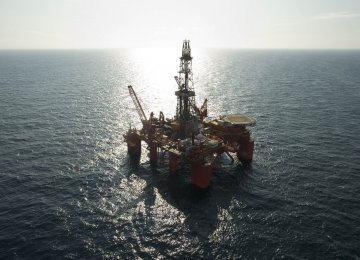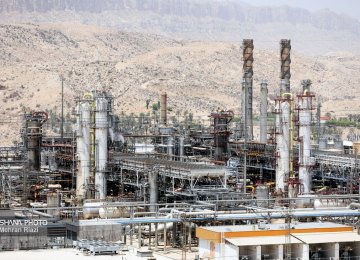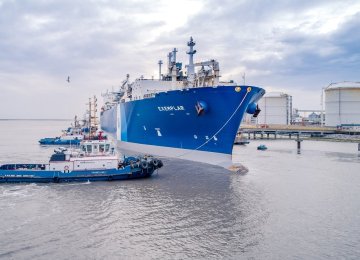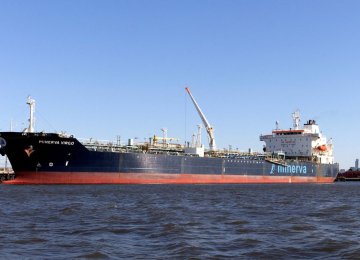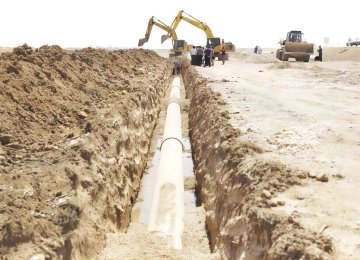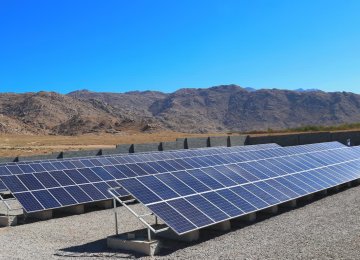Iran has concluded the first phase of a gas exploration project in the Sea of Oman, the National Iranian Oil Company’s head of planning at Exploration Management Department said on Wednesday.
“Results from the implementation of the gas hydrates exploration project in the Sea of Oman show the existence of gas reserves,” Masoud Ansari was also quoted as saying by Mehr News Agency.
Ansari added that Iran is making efforts to attract foreign investment for the second phase of the project.
Drilling operations in Koppeh Dagh, aka Turkmen-Khorasan Mountain Range in Iran’s northeast, is expected to begin in the current Iranian year that ends on March 20, 2017.
The official said NIOC has devised plans to carry out seismic studies in Khangiran Gas Field, Moghan Blocks and Semnan Province this year.
Khangiran Gas Field, discovered in 1967 in Khorasan Razavi Province, began production of natural gas and condensates in 1980. Its total proven reserves are around 480 billion cubic meters and production is slated to be around 17 mcm/d.
New discoveries will increase the field’s gas reserves estimated to be half a billion cubic meters.
Ansari noted that plans also call for conducting seismic studies in Central Iran.
Unconventional Oil/Gas Exploration
“Along Makran Coast and in the Sea of Oman, the company will undertake operations for the exploration of unconventional and conventional hydrocarbon reserves,” he said.
In July 2015, IRNA quoted an unnamed source as saying preliminary explorations have found three or four oil shale basins with signs of kerogen near the city of Kerman and in Semnan Province.
“Shale reserves have already been confirmed in Iran’s Zagros Basin and near Aligoudarz in the province of Lorestan,” the source said.
However, the country’s abundance of conventional resources means shale exploration is unlikely to pick up beyond exploration and identification, without any plans for production.
This is supported by the fact that producing conventional crude in the Persian Gulf costs Iran around $10 per barrel versus $40-80 for shale oil.
Asked whether there is a balance between NIOC’s exploration activities and production, the official said parity between exploration and production in certain periods is not reasonable.
However, Ansari noted that explorations occasionally lead to discovery of huge oil or gas reserves, which would temporarily offset the production cost.
"For instance, if Saudi Arabia wants to maintain exploration at the same level it is producing crude oil, it must tap into 3.6 billion barrels of new oil reserves every year, which is implausible," he said.


